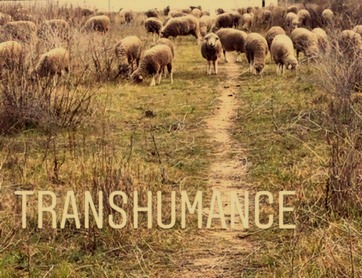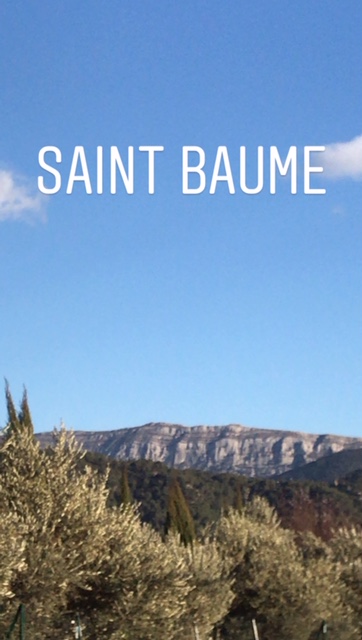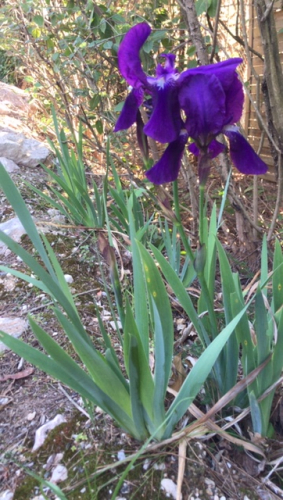"Large blossom branches like this against a blue sky
were one of Van Gogh’s favorite subjects.
Almond trees flower early in the spring making them a symbol of new life.
Vincent van Gogh (1853 – 1890), Saint-Rémy-de-Provence, February 1890"
-
the action or practice of moving livestock from one grazing groundto another in a seasonal cycle, typically to lowlands in winter and highlands in summer.
Yesterday the sheep left Saint Zacharie for the long journey to the alps.
My daily walks during this period are filled with the awakening of nature after its wintery sleep.
The air changes, it is softer, with such fragrance.
Violets, almond blossoms, Irises…
Everyone comes out in the springtime.
My daily walk takes me up this hill which is a killer it goes up and up for at least a fourth of a mile or more, it feels like more, I am sure it is more.
This is off the beaten path, in a field, I love walking by this little cutie.
Though whenever I walk through these fields I am always a bit worried a dog might come to protect his territory.
I am brave until I hear barking.
That is the mountain to climb.
A beautiful hike.
"In 1889 Van Gogh entered Saint-Paulde-Mausole, an asylum at Saint-Remy, originally a 12th-century Augustinian monastery, some twenty kilometers north of Arles. To Van Gogh, Saint-Paul-de-Mausole was an asylum, monastery, and studio all in one, which was why he so gladly opted for the isolation. Isolation was what he wanted; the ascetic in van Gogh could indulge in whatever mortification he pleased, and the painter, playing the part of a patient, was in a place that supposedly sought to encourage art. In the medieval world, monasteries had been the true home of images,- and the modern age was fascinated by the metaphor of life in a cell as an aid to artistic creativity. "Nature", Nietzsche once wrote, "Entraps the genius in a prison and stimulates his wish to break free to the utmost." Doing without the stimuli of everyday reality was, of course, an excellent way of paying what one owed: Van Gogh's mode of payment was his detention itself rather than madness. His bouts of mental instability reinforced his resolve to turn his back on the world. Indeed, they were to make communication with the world beyond impossible for him.
In the asylum, between attacks, Van Gogh devoted himself to his art with a desperate determination, knowing that this alone might save him. He called painting "the lightning conductor for my illness." And observing his continued ability to paint, he felt sure that he was not really a madman.
Irises are perhaps the first subject he did in the asylum. It preceded his first attack there and at first, a glance shows no evident trace of the moodiness and high tension that appear in many of the later works. He paints the flowers with admiration and joy."Van Gogh Museum





Leave a Reply